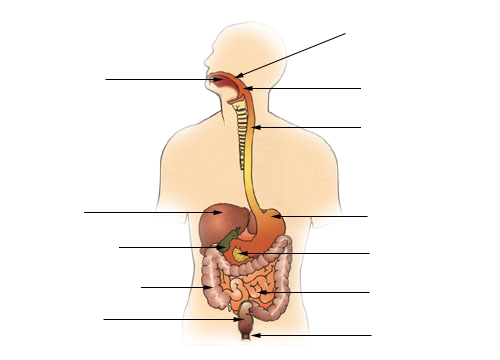
The Foker Process is a procedure that treats esophageal atresia by stretching the developing esophagus and the opening of the stomach. Once the two ends are long enough, surgery is performed to connect the two tubes.
What is it?
The Foker process treats esophageal atresia, which is when a child is born without part of their esophagus, by stretching the opening of the stomach and the upper esophagus. For long gap esophageal atresia, doctors use part of the infant’s upper intestine and use it as part of the esophagus. This creates a fully functioning esophagus.
What should I do to prepare?
The Foker process is performed on newborn children and it is important for parents to advocate for what they think is best for their child after having a long talk with their doctor. The doctor will have plenty of information for the parents and will present many options. It will be up to the parents and the doctor to team up and communicate what they think is best for the infant. It will be important for the parents to understand that if they go through with the Foker process, they will not be able to hold their child for a while and will have to see the baby attached to a breathing apparatus. With that said, the Foker process has been performed many times with successful results.
What happens during the process?
The Foker process is an operation that can take several weeks to several months and is typically performed on infants. The infant will be sedated. Once the child is fully sedated the surgeon will make an incision on the back. The surgeon will place sutures on either end of the esophagus and will attach the sutures to the outside. Once the sutures are in place, the doctor will apply tension, stretching the esophagus bit by bit each day. While the esophagus is stretching, it is important for the infant to remain immobile. They will be given medication that will keep them still and will be hooked up to a breathing apparatus for the duration of the procedure. Once the esophagus is the appropriate length, surgeons will reopen the back and will remove the sutures. Finally, the surgeons will sew the two ends of the esophagus together. After the procedure, the patient will need to return yearly to examine the procedure and make sure the patient continues to be healthy. At the same time, doctors will look for any narrowing of the esophagus.
What are the risks and potential complications?
There are a couple of associated risks and complications that include, but are not limited to increased chances of getting pneumonia and aspiration (food or water entering lungs).
Disclaimer:
All GlobeHealer Site content, including graphics, images, logos, and text, among other materials on the site are for educational purposes only. This content is not intended to be a substitute for professional medical advice, and you should always contact your physician or qualified health provider for information regarding your health. Information on this site regarding the overview, diagnosis, and treatment of any kind should be looked at, in addition to the advice and information of your health care professional. Do not disregard medical advice or delay seeking treatment or medical advice due to information found on the GlobeHealer site.
If there is even the possibility that you may have a medical emergency, seek treatment, call your doctor, or call your local emergency telephone number immediately. GlobeHealer does not endorse being the first line of communication in case of emergency and does not endorse any specific test, physician, facility, product, procedure, opinion, or other information that is or may be mentioned on this site or affiliated entities. Reliance of any and all information provided by GlobeHealer, its employees, affiliations, others appearing on the Site under the invitation of GlobeHealer, or visitors of the site is solely at your own risk and is not the responsibility of GlobeHealer.
Image Source: https://commons.wikimedia.org/wiki/File:Diagram_of_the_digestive_system-VOID.png
